18 Fall Cleanup Tasks Every Gardener Should Finish by October
Fall is the perfect season to get your garden ready for the colder months ahead. As the leaves change color and temperatures drop, it is time to take care of important outdoor chores before winter arrives. Finishing your cleanup tasks by October keeps your plants healthy and your yard looking tidy. Simple steps like pruning, mulching, and composting can make a big difference once spring returns. Many gardeners use this time to prepare soil, protect trees, and organize tools for the next growing season. With the right timing and a little effort, your garden will stay in good condition even during the frost.
This post may contain affiliate links, which helps keep this content free. Please read our disclosure for more info.
Rake and Collect Fallen Leaves
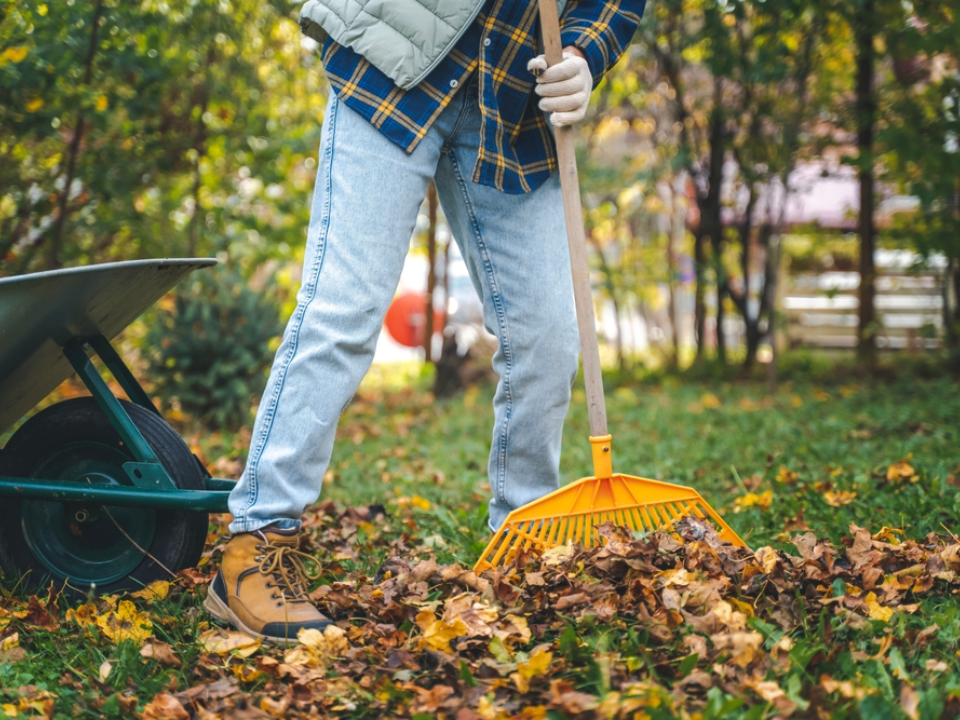
Raking leaves is one of the most important fall chores and helps keep lawns healthy through the cooler months. When leaves pile up, they block sunlight and trap moisture, which can cause mold or damage to the grass. Using a sturdy rake makes it easy to gather leaves into neat piles for removal. The collected leaves can be shredded or composted to create nutrient-rich material for future use.
Once gathered, shredded leaves make excellent mulch around trees and shrubs. Many gardeners also add them to compost bins to enrich the soil with organic matter. Taking time to rake regularly prevents heavy buildup and promotes a cleaner, healthier lawn before winter arrives.
Prune Dead or Diseased Branches

Fall pruning keeps plants strong and healthy for the coming seasons. Removing branches that show signs of disease or rot prevents these problems from spreading to other areas. Gardeners often focus on shrubs, fruit trees, and flowering plants during this time. Pruning helps direct energy to the parts of the plant that will produce new growth in spring.
After trimming, it is a good idea to disinfect pruning tools to prevent cross-contamination. Disposing of diseased clippings away from the compost area keeps the garden safer from future infections. Completing this task early in October gives plants time to heal before the first frost.
Remove Spent Annuals
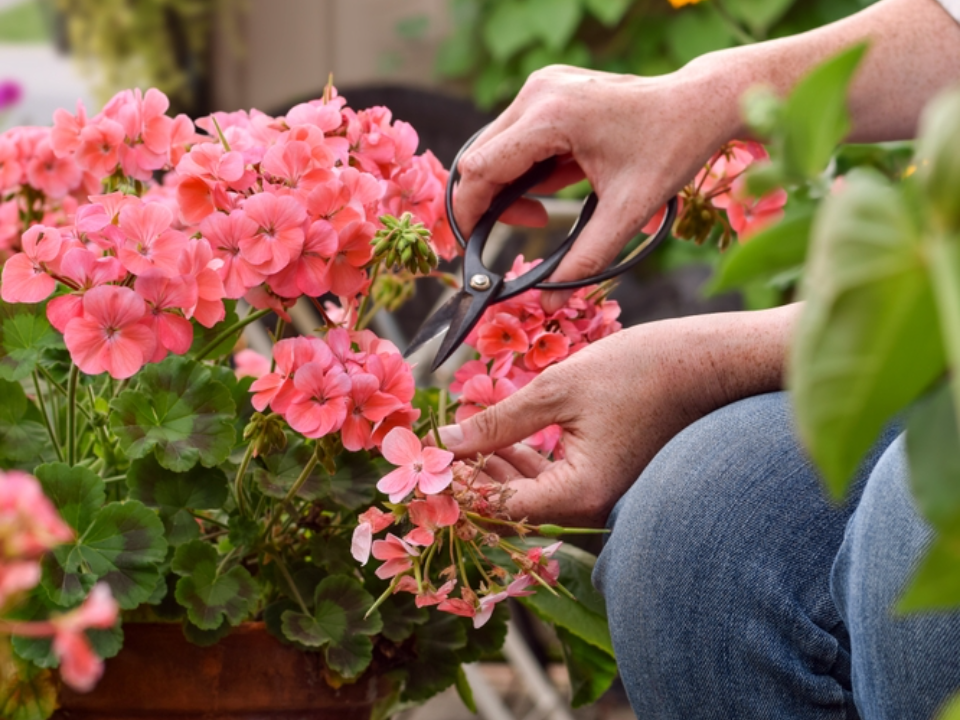
As temperatures cool, most annuals stop blooming and begin to die back. Removing them keeps the garden clean and helps reduce pest and fungus problems. Clearing these plants also makes space for new bulbs or seasonal decorations. Annuals that are healthy can be composted to enrich garden soil.
If any plants show signs of mold or disease, they should be discarded instead of composted. This helps prevent harmful pathogens from overwintering in the soil. Taking out old annuals before the ground freezes keeps flower beds looking neat and ready for next year’s planting.
Cut Back Perennials
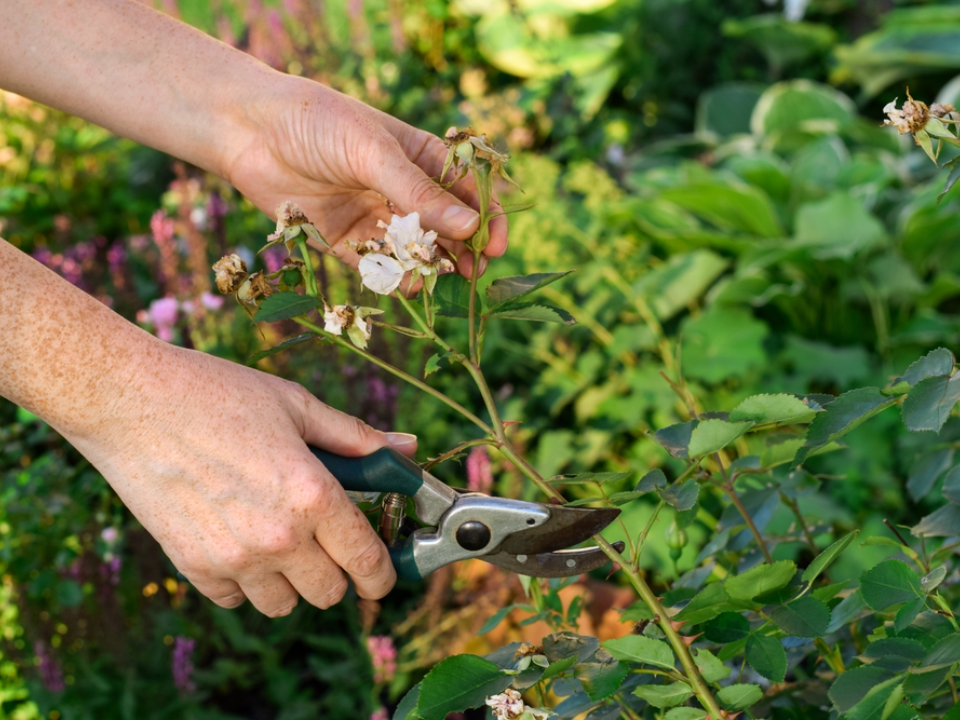
Many perennials benefit from being cut back once their growing season ends. Trimming them to a few inches above the soil helps prevent rot and encourages stronger regrowth in spring. This process reduces the spread of disease and gives the garden a tidy look. Plants such as hostas, daylilies, and coneflowers respond well to this care.
Leaving a small amount of the stem above ground helps identify plant locations later. It also provides shelter for beneficial insects during winter. After trimming, a layer of mulch can help insulate roots from the cold and preserve soil moisture.
Clean and Store Garden Tools
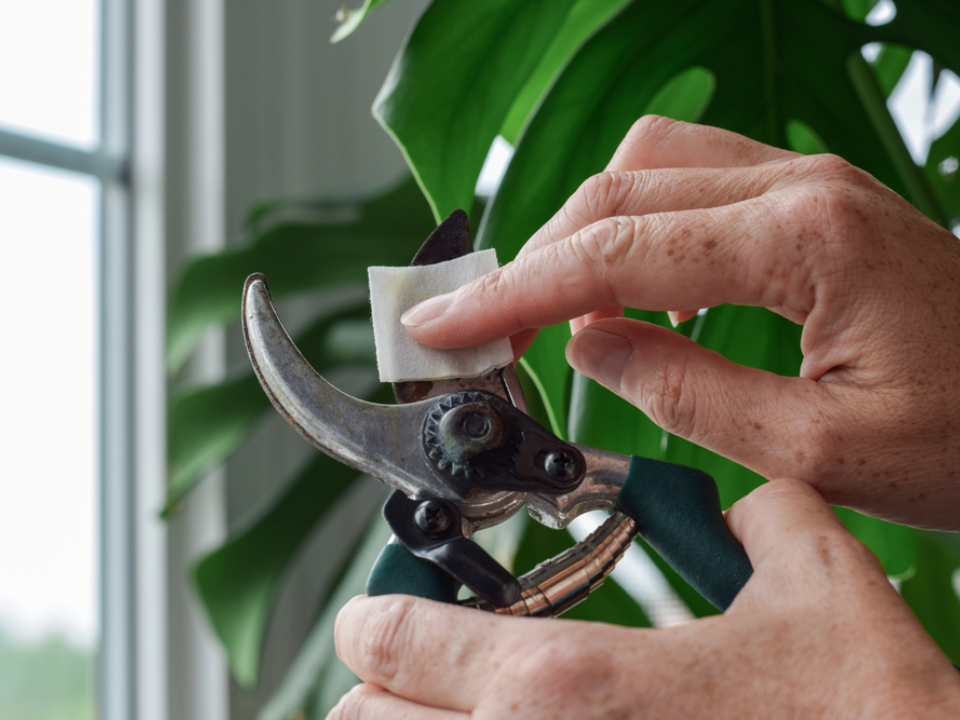
Before storing garden tools for the winter, it is best to clean them thoroughly. Dirt, sap, and rust can cause damage over time, making tools less effective. Washing them with warm water and drying them well keeps them in good condition for next season. Applying a light coat of oil prevents corrosion on metal parts.
Once clean, tools should be stored indoors where they are protected from moisture. Hanging them on a rack or pegboard keeps everything organized and easy to access later. A small amount of care now can extend the lifespan of your garden equipment for years.
Mulch Garden Beds
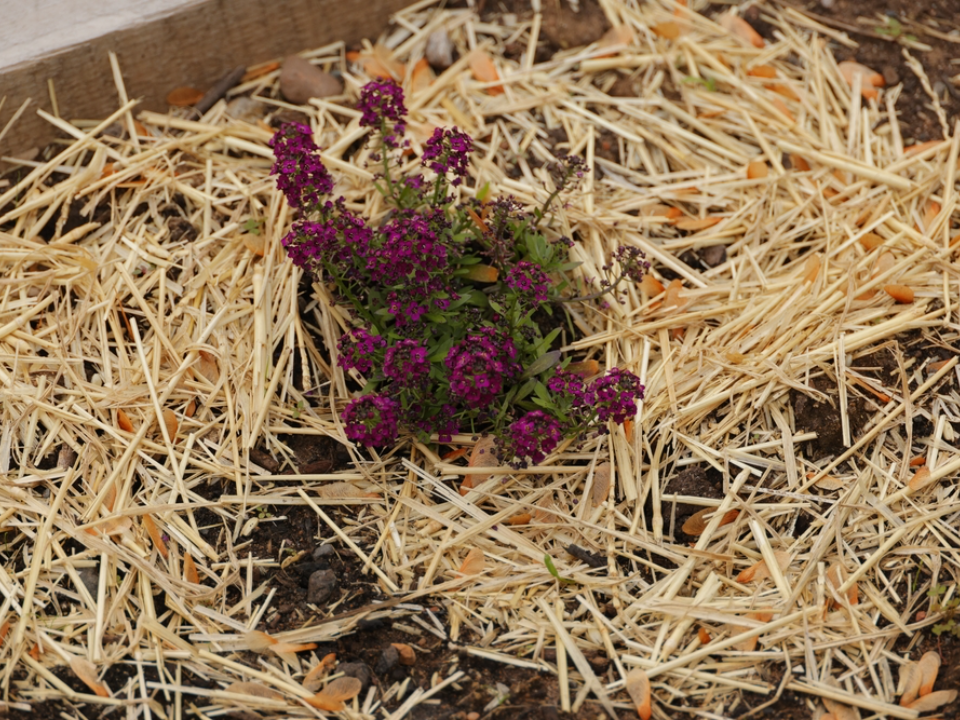
Applying a fresh layer of mulch helps protect garden beds from the harshness of winter. Mulch keeps soil temperatures stable and helps retain moisture, preventing roots from drying out. It also limits weed growth and adds a neat appearance to garden paths and beds. Using materials like bark, straw, or shredded leaves works well for most plants.
Mulching should be done before the ground freezes for the best results. Avoid placing mulch directly against stems or trunks to prevent rot. This simple step can make a noticeable difference in the health of your plants once spring arrives.
Aerate the Lawn
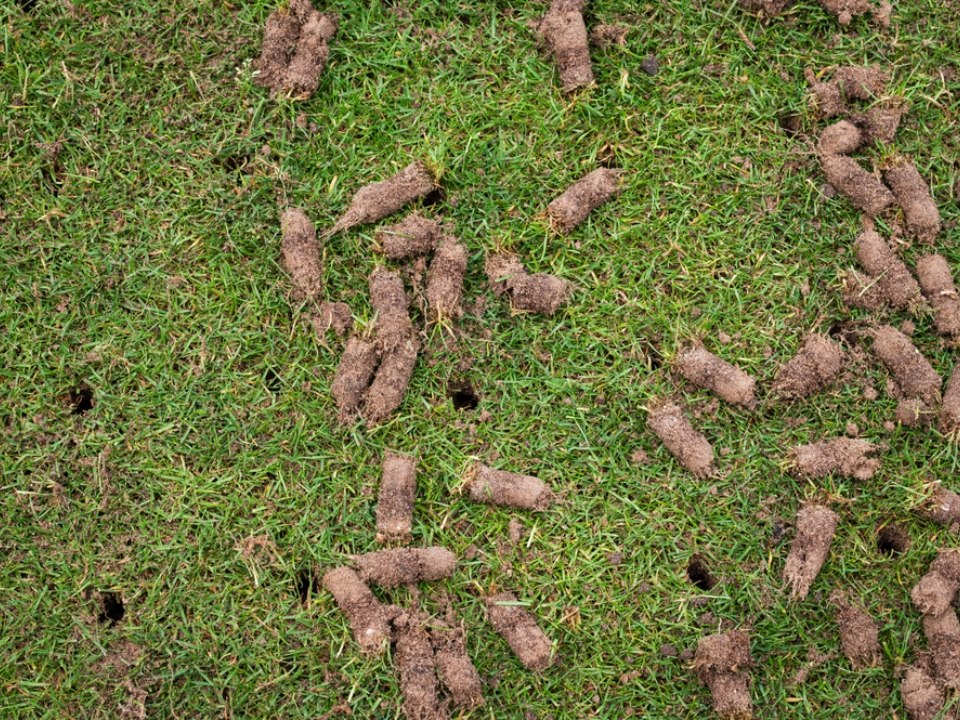
Aerating helps improve the movement of air, water, and nutrients through compacted soil. Doing this before winter allows roots to grow deeper and become stronger. Lawn aeration can be done with a manual tool or a powered aerator for larger areas. It is an excellent way to keep grass healthy and green after the cold months.
After aerating, applying compost or fall fertilizer supports root development. Many gardeners find that aerating once a year leads to a more even, lush lawn. It also prevents pooling water and bare patches caused by heavy foot traffic.
Plant Spring Bulbs
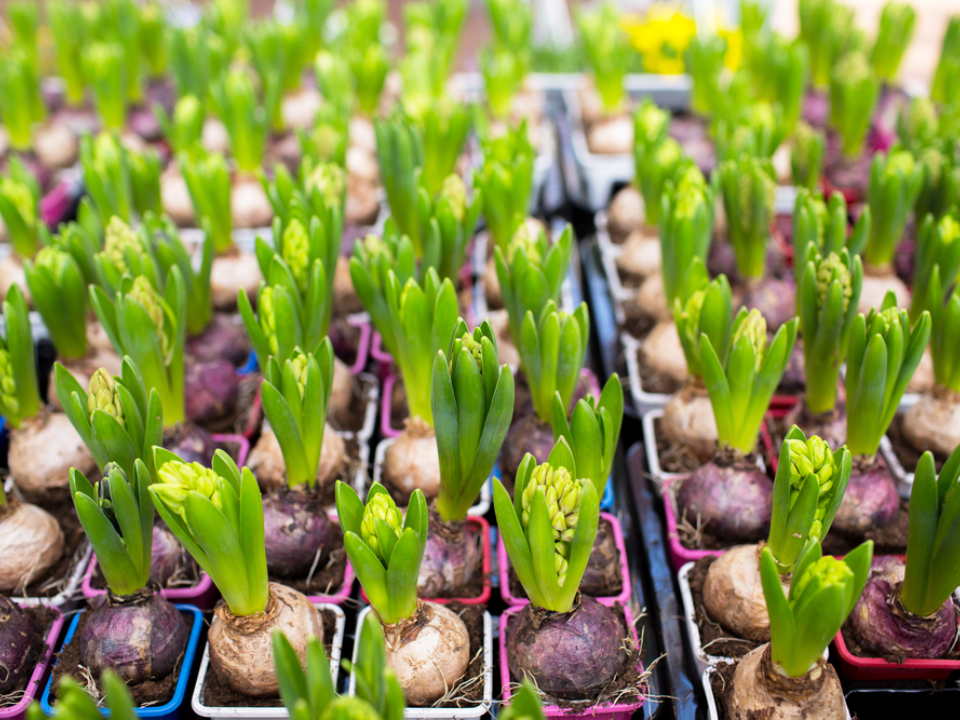
October is the ideal time to plant bulbs that bloom beautifully in spring. Tulips, daffodils, and hyacinths are popular choices for early color after the snow melts. Planting bulbs before the ground freezes gives them time to establish roots. It is helpful to mark each spot to remember where bulbs are placed.
Adding a layer of mulch after planting helps insulate the soil and protect bulbs from frost. Watering thoroughly ensures that roots settle into the soil properly. With proper care, these bulbs will reward you with bright blooms when spring arrives.
Compost Yard Waste
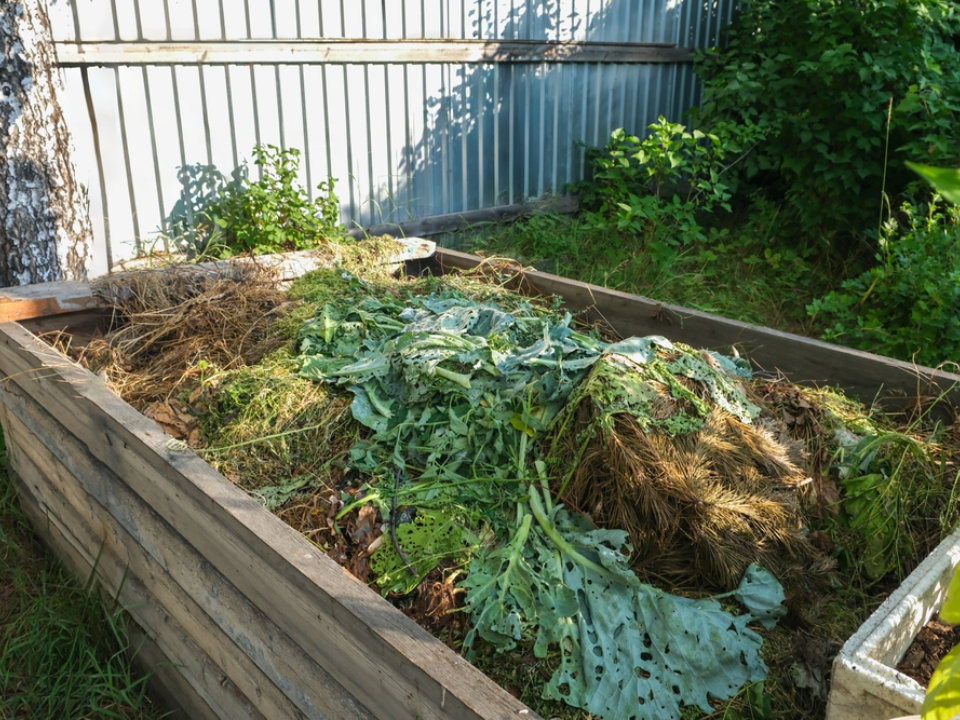
Yard waste such as leaves, grass clippings, and small branches can be turned into rich compost instead of being thrown away. Composting creates a natural fertilizer that improves soil texture and nutrients. Mixing brown materials like dried leaves with green ones like fresh cuttings speeds up the process. Turning the compost regularly helps it break down faster and stay fresh.
A covered compost bin or pile located in a sunny area works best during the cooler months. Moisture should be monitored to keep the pile damp but not soggy. By spring, gardeners will have a ready supply of nutrient-rich compost for their planting beds.
Divide and Transplant Perennials
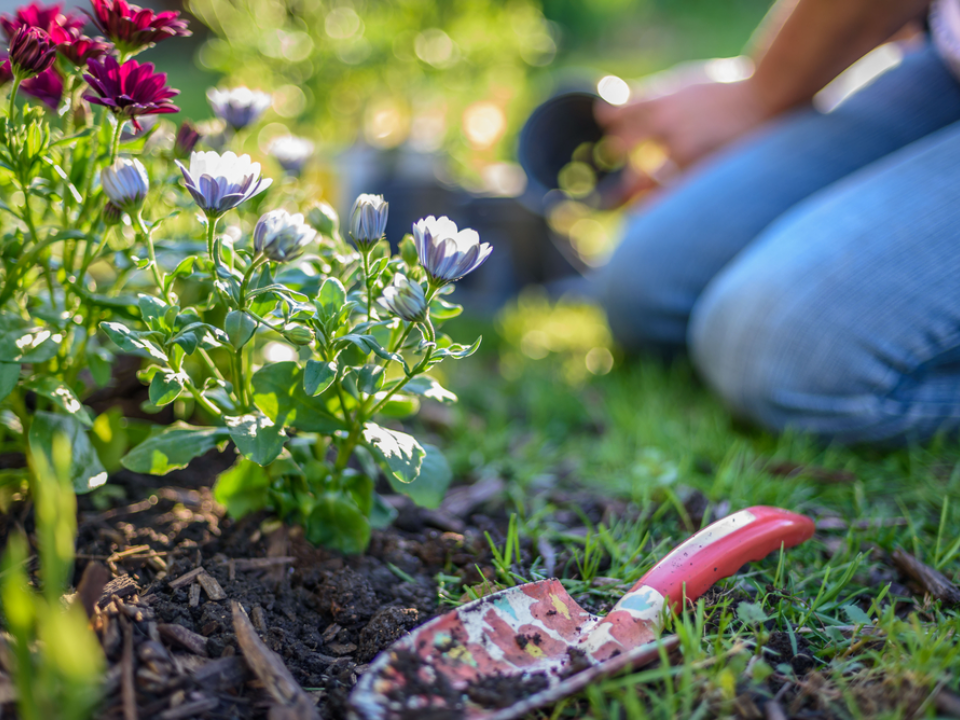
Overcrowded perennials can benefit from being divided and replanted in the fall. This allows roots to spread and prevents competition for nutrients. Using a spade or fork to separate clumps helps rejuvenate tired plants and encourages stronger growth next year. This process also gives you the chance to move plants to better spots in the garden.
Watering the divisions well after transplanting helps them settle before frost. Adding compost to the new holes gives them a strong start in their new location. Dividing perennials every few years keeps the garden balanced and thriving.
Protect Young Trees and Shrubs
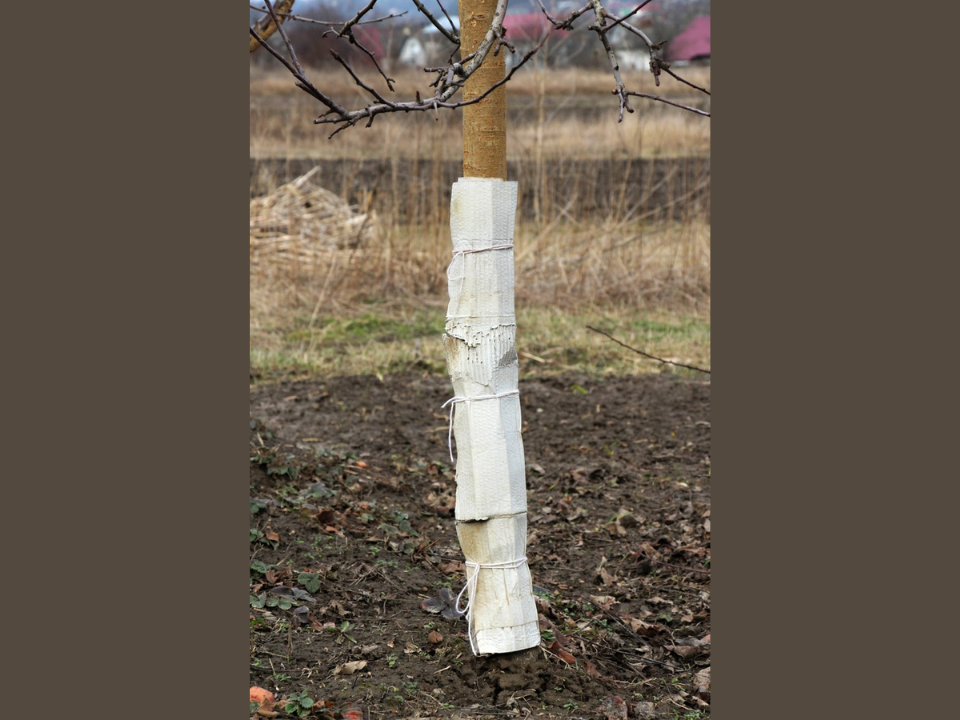
Young trees and shrubs are more sensitive to freezing temperatures and harsh winds. Wrapping their trunks with tree guards and covering shrubs with burlap provides much-needed protection. These measures keep bark from cracking and prevent damage from small animals. Preparing them in early fall ensures they are ready for the cold.
Mulching around the base adds insulation to the root area. Branches can be gently tied to prevent them from breaking under heavy snow. With a few simple steps, these plants can survive winter and flourish in spring.
Clean and Store Garden Furniture
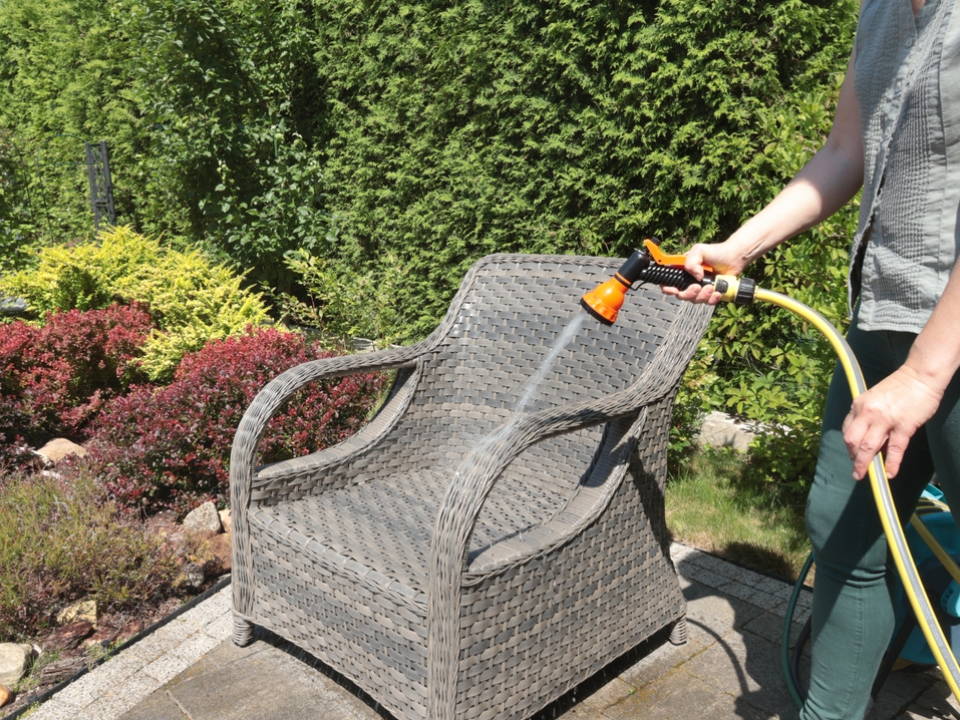
Outdoor furniture should be cleaned before being stored away for winter. Wiping down surfaces with mild soap and water removes dirt and mildew. Once dry, storing pieces in a shed or garage helps protect them from the elements. Using waterproof covers adds an extra layer of protection if storage space is limited.
Cushions should be brought indoors to prevent mold and moisture damage. Metal and wooden pieces may benefit from a quick polish or sealing before storage. Taking care of your furniture during fall keeps it ready for use when warmer weather returns.
Drain and Store Garden Hoses
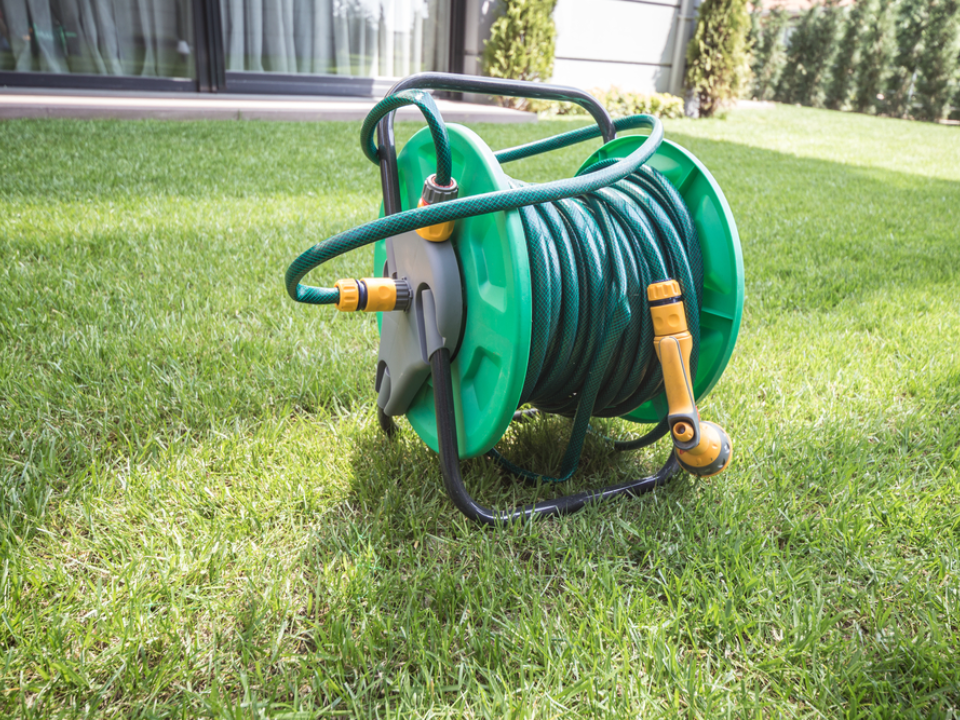
Before the first freeze, garden hoses should be drained completely to prevent cracking. Disconnecting them from outdoor faucets stops trapped water from freezing inside. Rolling them up neatly and storing them indoors keeps them in good condition. This is one of the simplest yet most important steps in fall maintenance.
Inspecting hoses for wear or leaks during storage helps identify what may need replacement next season. Keeping them coiled and off the ground prevents tangling and damage. A little attention now keeps your watering equipment ready for next year.
Prepare the Compost for Winter
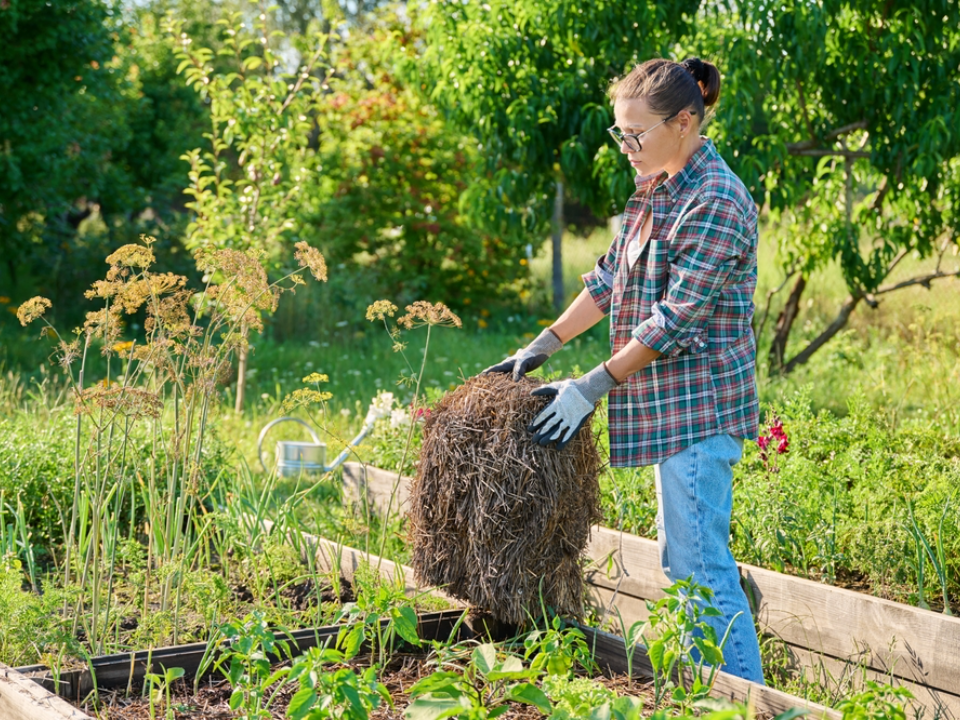
As temperatures drop, compost piles slow down in decomposition. Turning the pile one last time in fall helps distribute heat and air evenly. Adding dry materials like straw or shredded leaves keeps it balanced and prevents sogginess. Covering it with a tarp or lid keeps excess moisture out during winter rain or snow.
This preparation helps the compost remain active until spring. When warmer weather returns, the material will already be halfway decomposed and ready for use. Maintaining the compost pile properly ensures a steady supply of natural fertilizer for the coming gardening season.
Clean Bird Feeders and Birdbaths
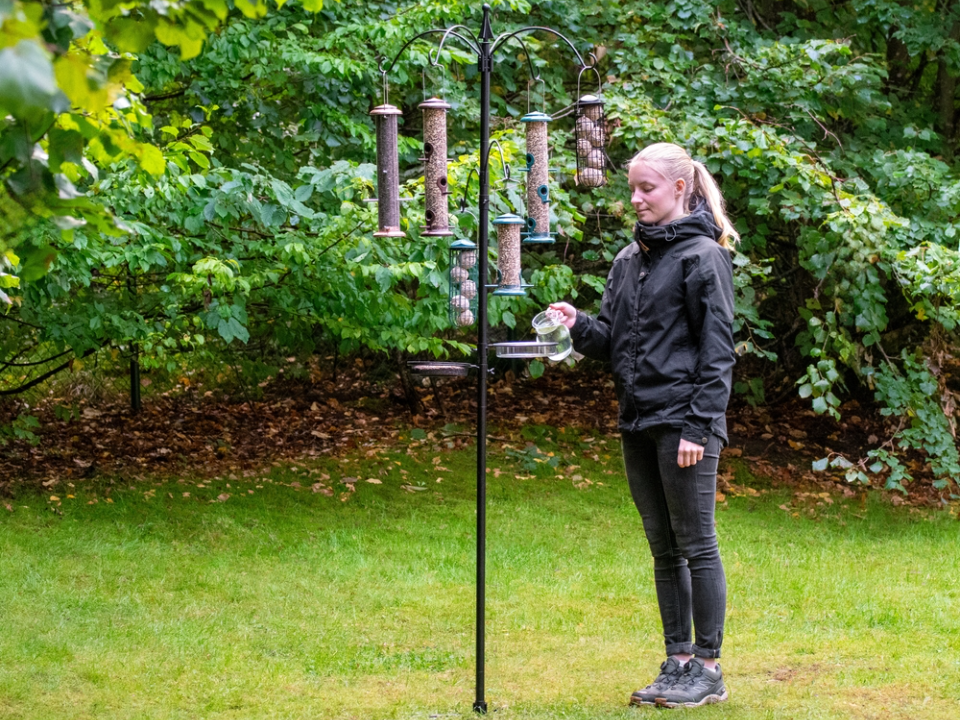
Birds that remain through the colder months depend on clean feeders and water sources. Washing feeders with a mild solution and scrubbing them regularly prevents disease. Birdbaths should also be cleaned and emptied before the first frost to avoid cracks from freezing water. A heater can be added to keep water from turning to ice in colder regions.
Keeping feeding areas tidy attracts healthy birds and discourages pests. Refilled feeders and fresh water encourage regular visits, bringing life to the garden even in winter. This small task supports local wildlife and adds charm to outdoor spaces.
Remove Weeds Before Winter
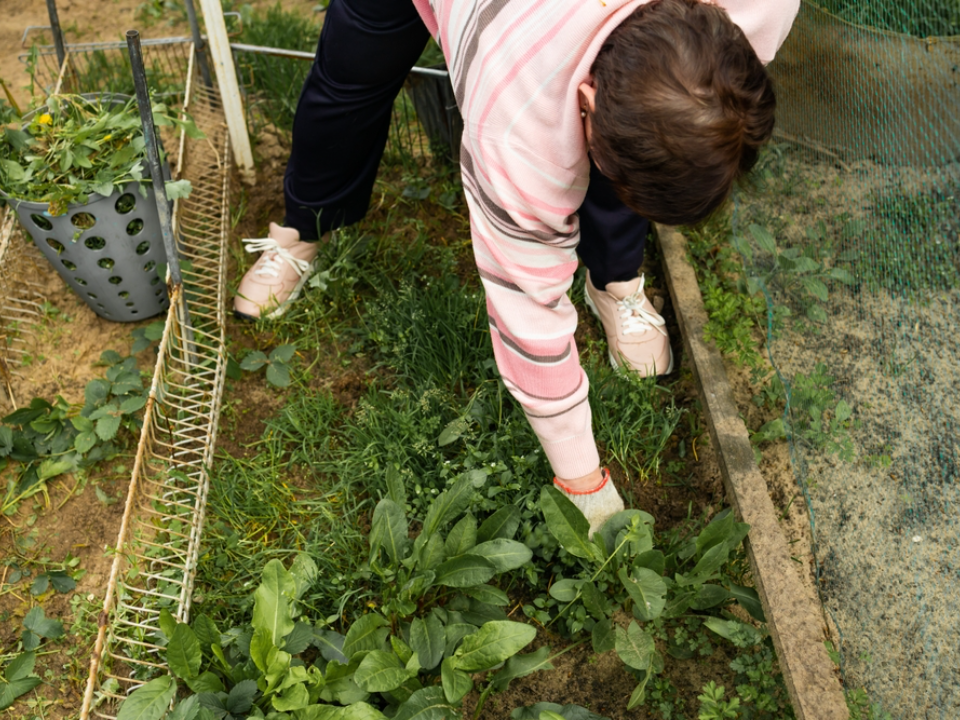
Pulling weeds before winter keeps them from returning stronger in spring. Removing them by the roots helps reduce the number of seeds that can spread across the garden. Damp soil makes it easier to pull weeds completely. Once cleared, covering the area with mulch or compost discourages new growth.
Weeding in fall gives gardeners a cleaner starting point next season. It also prevents competition with perennials and bulbs planted for spring. A few hours of work now can save plenty of time when the weather warms again.
Drain Ponds and Water Features
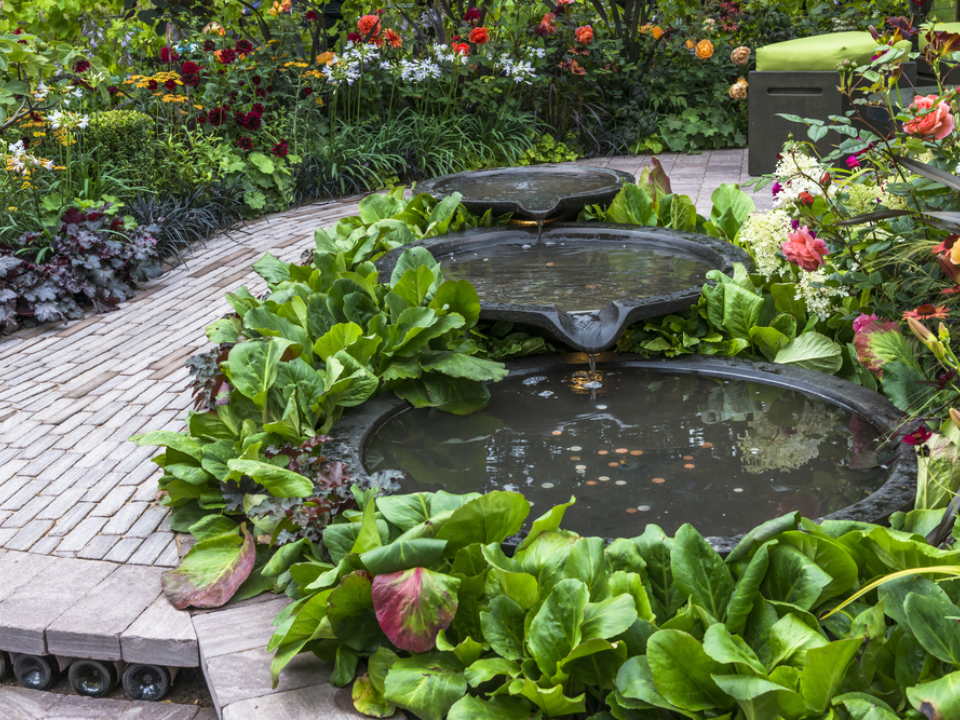
Ponds and fountains need care before freezing temperatures arrive. Removing debris like leaves and algae keeps the water clean and prevents damage. Pumps should be taken out and stored indoors for winter to avoid ice buildup. Cleaning filters and tubing helps ensure everything runs smoothly when restarted in spring.
Adding a cover or net prevents more leaves from falling in as the season progresses. If fish remain in the pond, using a floating heater can maintain a safe water level. Proper maintenance now prevents expensive repairs later on.
Sharpen Lawn Mower Blades
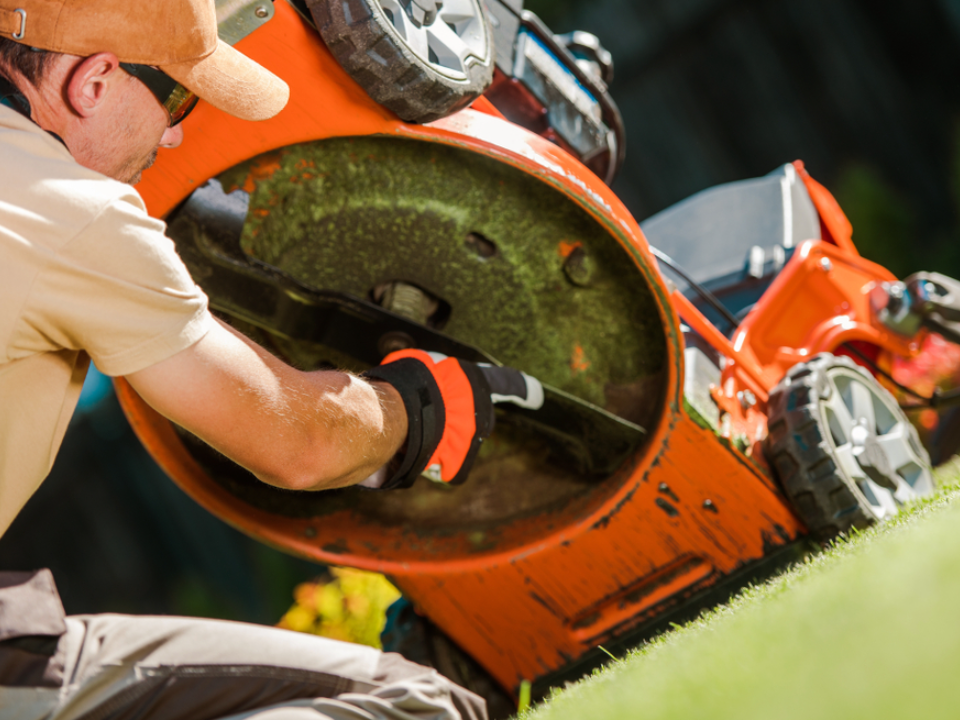
Once the last mowing of the season is done, sharpening blades keeps your mower ready for spring. Dull blades can tear grass, leaving it more vulnerable to disease. Cleaning the mower deck and removing stuck debris helps extend its lifespan. It is also a good time to check oil levels and replace air filters.
Storing the mower in a dry place keeps it protected from moisture. Disconnecting the spark plug or battery ensures safety during storage. Proper care of your mower makes future lawn maintenance easier and more effective.
This article originally appeared on Avocadu.
